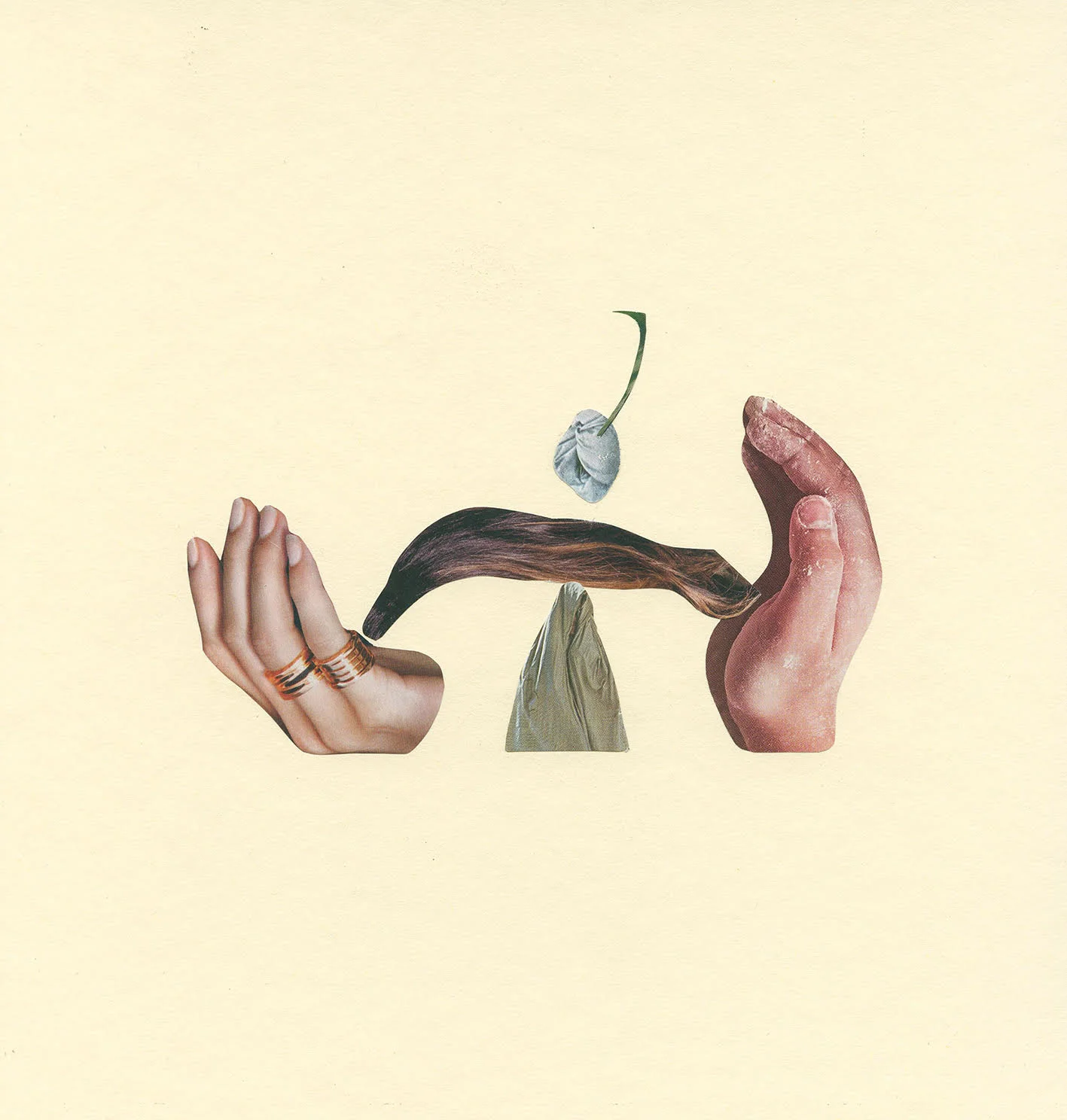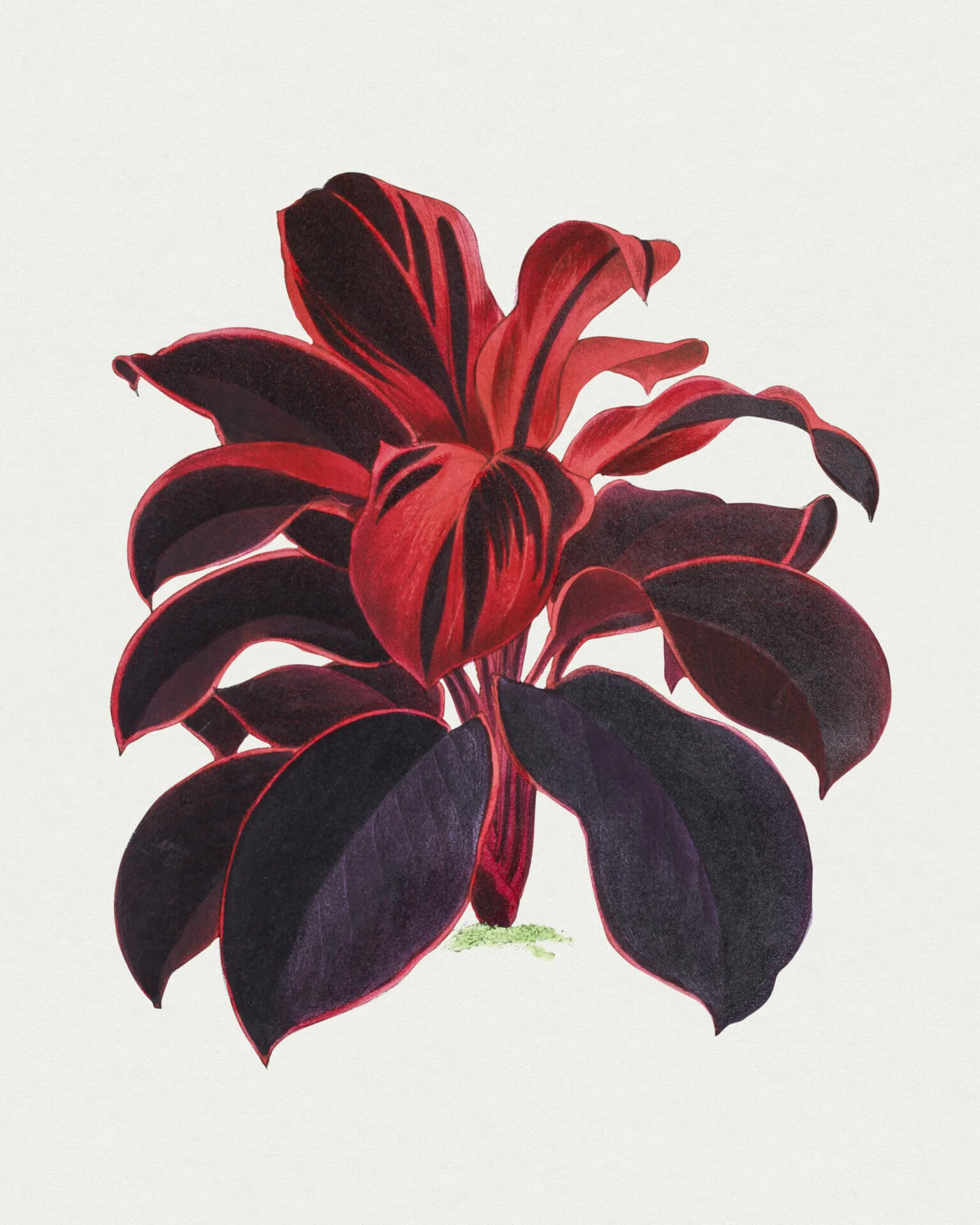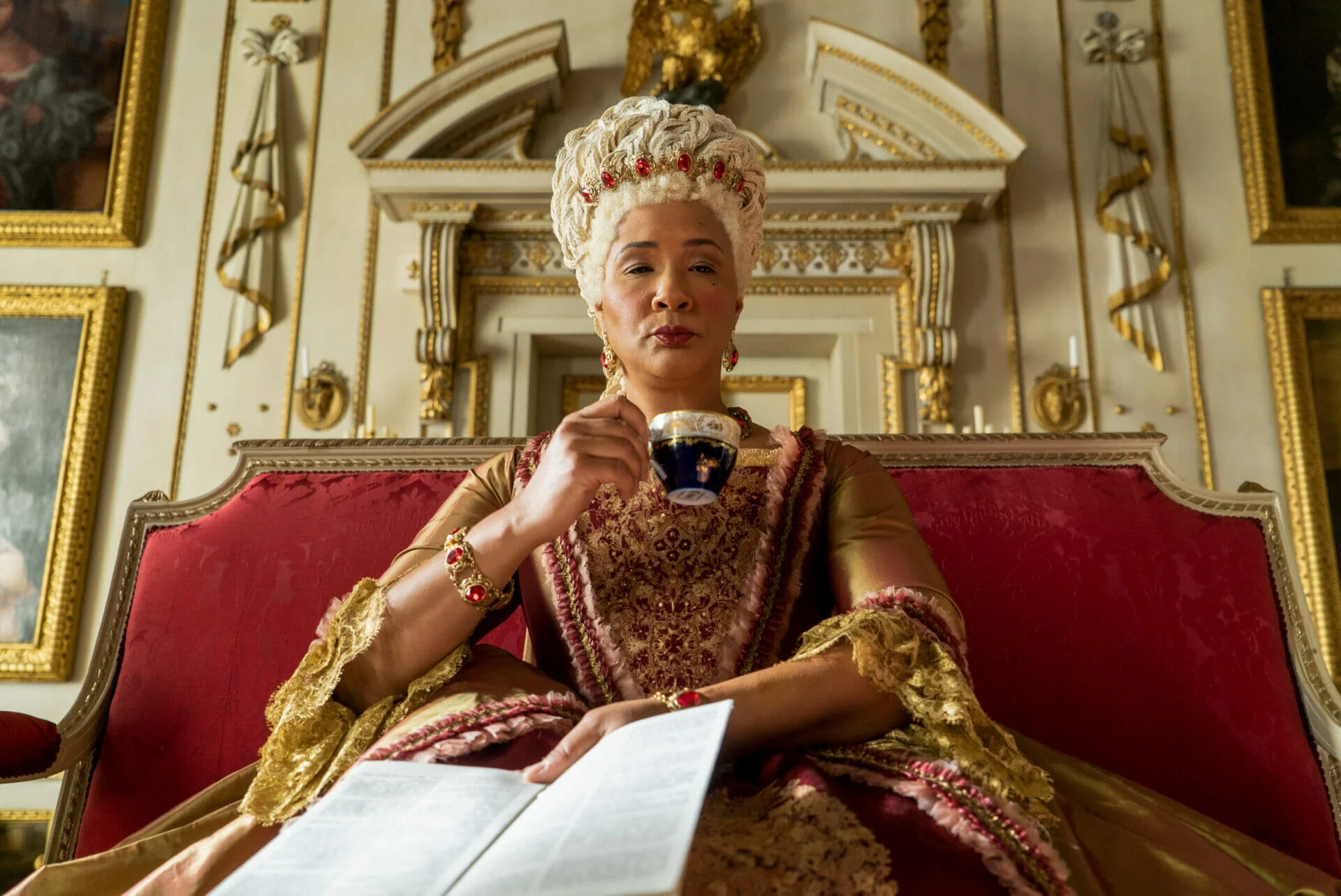
Dickinson | The great American poet, revised
Creator
Year
Country
Seasons
Runtime
Genre
In December 2021, the Apple TV+ show Dickinson ended one of the most refreshing perspectives on the famous American poet after just three seasons. Interpreted by Hailee Steinfeld (Oscar nominee for True Grit in 2011), a young and out-of-the-box Emily navigates life with the help of her family and friends. The show is an extensively revised and stylized version of the real Dickinson’s youth and art. But the result is a wacky and explosive half-history drama, half-teen comedy – with a 21st-century soundtrack accompanying a 19th-century setting.
Emily, the poet
The following are some of Emily’s real-life events. Under the influence of a possessive father, Edward Dickinson, she lived all of her life in the ‘Yellow House’ in Amherst, Massachusetts, from 1830 to 1886. She was close to her brother and sister, William Austin Dickinson, and Lavinia Norcross Dickinson. Lavinia was the one to find Emily’s poems in her room once she passed away. Another sure thing is her passion for writing and her ambition of becoming a renowned poet: one of America’s greatest. Yet, as the show also depicts, her poetry was considered too different from the 19th-century canons. That is the main reason why her fame was only posthumous.
Emily, the character
In the show, though, the relationship with the father, and with the other characters in general, is seen under a more lighthearted tone. There is always an ironic side to the conversations happening between the characters. The same relationship with Edward Dickinson is more lovable and one than the real-life one. Moreover, Lavinia and Emily’s friends represent the typical 21st-century teenagers transposed in the 19th century. They like to have fun together and gossip. Other two characters who enrich the series (since diversity has growing importance in the US) are Henry and Betty, the two most critical black characters of the series. With the first as an idealist and the second a skilled seamstress, their lives offer an insightful window into race issues during the Civil War.
Emily and Sue
Emily’s closest friend, though, was Austin’s wife: Susan Huntington Gilbert. On the show, she goes by the nickname ‘Sue’ (Ella Hunt). Yet, Sue was more than just a friend to the protagonist, both in real and fictional life. In real life, reliable sources say Emily never married, but she dedicated almost three hundred poems to her kindred spirit and trusted editor Susan Gilbert. In this adaption as well, the viewer can follow the tormented love story in which Emily sees Sue as one of her greatest artistic inspirations. This LGBTQI+ narrative is one of the main elements of the show, shouting modernity and originality. It reveals same-sex love during a time when it was seen as immoral. The show, indeed, gathered a huge fan base in support of Emily and Sue. It gave a happy ending to a couple whose love story did not (and probably could not have) ended as happily in real life.
Emily and Death, but also music
Another big poetical inspiration for Emily – probably the main one – was Death (as Because I Could not Stop for Death explains). Death, on the show, resembles the rapper Wiz Khalifa. This original choice of feelings’ personification displays how Emily’s bond with Death is the most tragic and ironic of the whole show. Indeed, Emily and Death have conversations using very colorful language and a good amount of American slang. This kind of language is also present among the other younger show characters, especially within Emily’s group of friends, who often joint the Dickinson household to the notes of pop-disco music.
Moreover, Emily was someone with profound sensitivity. This, in real life, led her to be obsessed with death. It can be said that the TV show’s relationship with Death lightens up the heaviness of a looming death for Emily. It provides an underlying irony to this relationship by making the inevitability of death a bit less daunting.
Emily and her legacy
The show mixes angst and euphoria without ever falling into stereotyped drama. In a sense, the show is self-deprecating, without ever taking itself too seriously. Yet, its themes are not that light. But the show manages to treat them with ‘kindness’ and hilarity, similarly to some other modern historical dramas such as The Favourite by Yorgos Lanthimos and The Great with Elle Fanning. Other scenes highlight this lighter tone and focus on gender: the encounter with Sylvia Plath, a fan of Emily. The fomented conversations with Louisa May Alcott in the first seasons. The episode that takes place in the psychiatric institute. Or the ironic portraits of monumental patriarchal figures like Walt Whitman and Henry David Thoreau.
What Dickinson leaves to the viewer is a light-heartened version of the myth of reclusion and solitude surrounding Emily Dickinson. Amidst existential teenage angst and wacky euphoria, the show displays her very much alive soul. The great power of imagination moves her together with a grandiose love. While Dickinson might hyperbolize many of Emily’s behaviors, the show seems to find the right balance between tragedy and comedy. It portrays with youthful lightness the heavy burden of such an underestimated and visionary talent.
Tag






